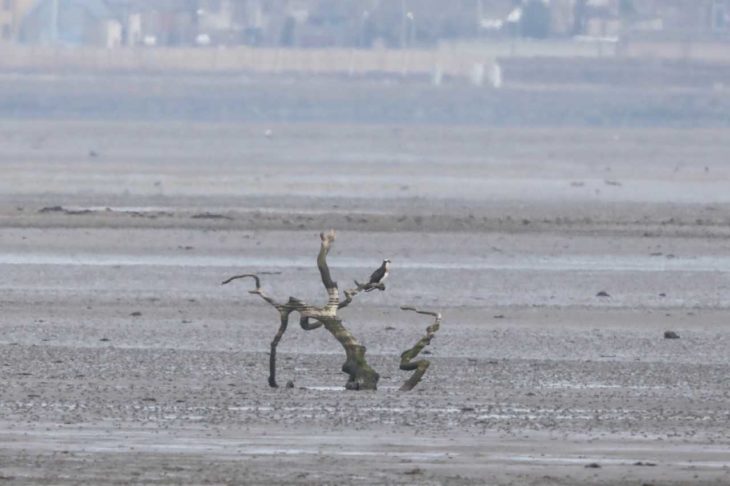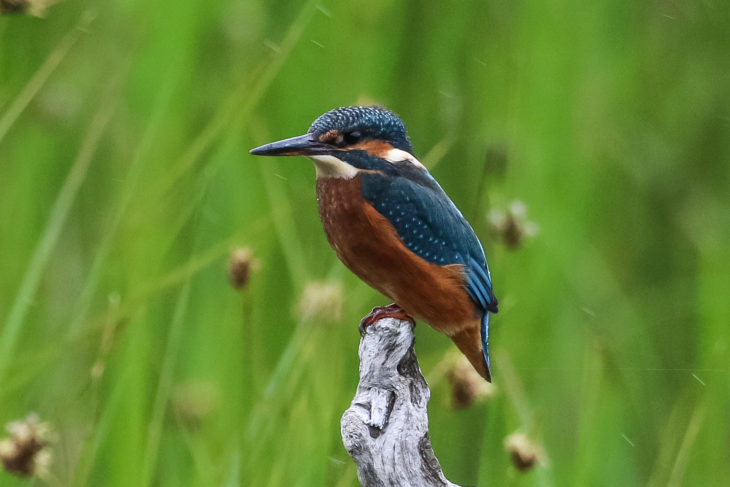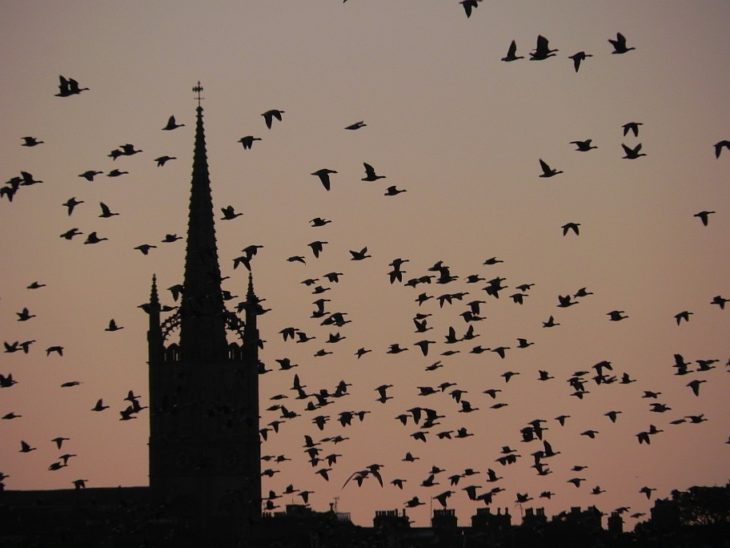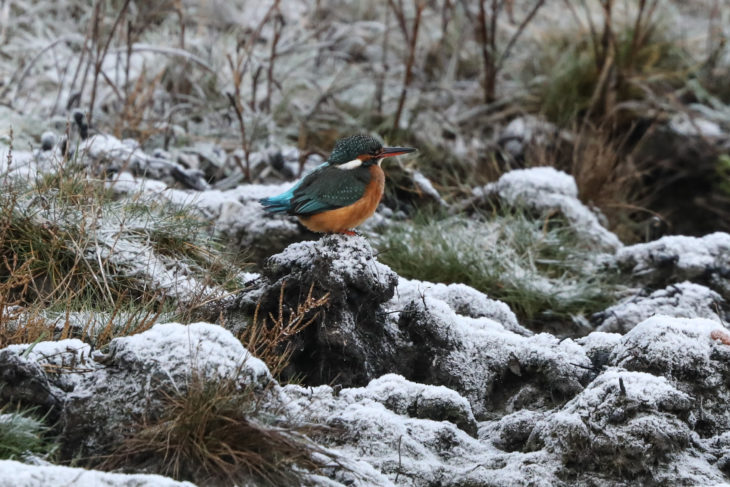When is the best time to visit Montrose Basin?
One of the most common questions we get at the Montrose Basin Visitor Centre is “when is the best time to visit?” And unfortunately we’re never able to give a straightforward answer – really, it depends on what you’re wanting to see!
We’re not just being biased when we say that the Montrose Basin has plenty to offer at any time of year. It’s an exciting place to visit multiple times because you really get to see the effect the seasons, tides and weather has on the kind of wildlife you’ll see. Here’s a quick rundown of what you’re likely to see when you visit in each of the seasons (keep in mind this is always subject to a bit of variability though, especially considering how unpredictable Scottish weather can be…)
Spring
Spring is a time of lots of changes when it comes to wildlife watching, and this is certainly the case at the Montrose Basin too. We stop seeing our resident kingfisher towards the end of March as breeding season inches ever closer – kingfishers aren’t spotted from our visitor centre from around mid-March until mid-July, as they’re tending to their nests, tunnelled away in riverbanks. We do miss having our daily kingfisher sightings at this time of year, but the arrival of the spring migrants makes this eventuality much easier to deal with! Early April is when we tend to see our first osprey on the basin (we just saw our first osprey of the year on April 7th), and sand martins tend to arrive and take up residence in our sand martin wall around this time of year too.
Watching various birds’ mating displays at the beginning of Spring is always great to see, especially with the large variety of ducks we get here. You’re likely to see mallards, teal, wigeon, eider, and shelducks either on the mud or in the salt pans. My personal favourite part of Spring at Montrose Basin has to be seeing all the chicks and ducklings!

Summer
All the ducklings and garden bird fledglings begin to mature in the summer time, and it’s always interesting to see how their behaviour changes as their adult plumage comes in and their parents stop looking after them so much…
If you’re wanting to get great views of ospreys fishing, then late summer (August to mid September) is maybe the best time to visit us. By this time, osprey fledglings begin to visit the basin more frequently to get some ‘fishing lessons’ from their dad before they start their migration back to Africa. The kingfisher also makes a reappearance any time from the end of July onwards.

Autumn
Autumn is the season for pink-footed geese at Montrose. The middle of October is generally when our peak numbers are – in 2017, there were 80,000 pink-footed geese on the basin! Keep an eye out for pink-footed goose-themed events in Autumn.

Winter
Winter could be called ‘kingfisher season’ at our visitor centre, because we tend to see our resident kingfisher several times a day, either from our windows or from the hide at the bottom of the car park. We also get a larger variety of waders and ducks in the winter time, especially at low tide.

Hopefully this quick timeline has proved that regardless of the time of year you visit, you’re sure to see something memorable! We’re entering breeding season now and looking forward to spotting our first sand martins, so Spring is well and truly under way.
– Joanna Peaker (Visitor Centre Assistant)
Help protect Scotland’s wildlife
Our work to save Scotland’s wildlife is made possible thanks to the generosity of our members and supporters.
Join today from just £3 a month to help protect the species you love.
Preface
One of the most common questions we get at the Montrose Basin Visitor Centre is “when is the best time to visit?” And unfortunately we’re never able to give a …
